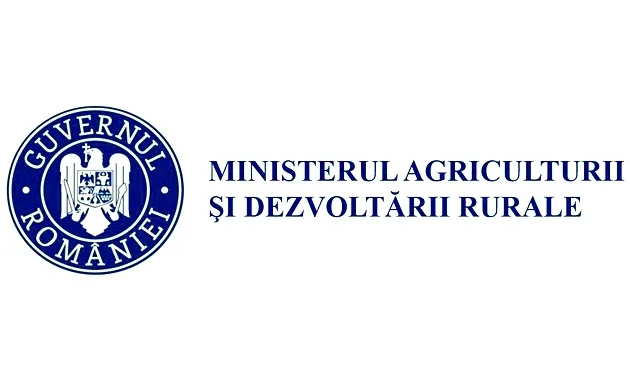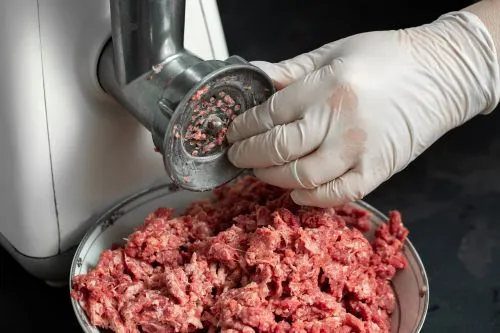
Digitization is everywhere, offering opportunities but also challenges for every industry. Looking specifically at the frozen dessert industry: what digital tools and solutions are available and how can producers benefit, wondered the experts at Tetra Pak quoted by DairyReporter?
Like journeys
Digitalization processes are often described as journeys. And no journey is the same - each ice cream producer is in a different place on the digital highway, and all have their own unique needs and requirements.
The daily operations of each customer have specific challenges - this is what the ice cream experts at Tetra Pak rely on when discussing the potential of digital tools. Essentially, it's about cooperation and listening.
"To provide value, we need to understand the customer's operations and how they want to use the data that digital tools can provide. It is important to cooperate and personalize, or even develop, solutions together with our customers," says Elsebeth Baungaard, Ice Cream Portfolio Manager at Tetra Pak.
An approach
The concept of digitalization can be quite overwhelming. It can be perceived as a revolution where all established ways of working need to be thrown out the window. But does it really have to be that way?
"As we see it, the use of digital tools doesn't have to be extremely complex or complicated. A 'start small' approach where, for example, you focus on a defined area of the ice cream line, can be a good idea," says Baungaard.
How to start? A first step could simply be to monitor different parts of the lines to avoid incorrect positioning that leads to poor product quality and to ensure that everything runs smoothly.
Another option is, of course, to use more complex data collection and analysis right from the start. But, in summary, it might be a good idea to proceed step by step.
Adding value where it matters
Digital solutions are not standalone entities. They are part of a context - such as the equipment making the ice cream and the people operating the machines. Ideally, digitalization should support operational efficiency, help improve the working environment, and enable learning and improvements.
That's why a deep understanding of the challenges of ice cream production is so valuable when implementing digital tools on production lines. Take carbon footprint and sustainability goals, for example. This is on the agenda of every player in the food and beverage industry.
Elsebeth Baungaard explains: "If we want to reduce waste and energy and water consumption, we need to understand where we are today. We need data. By collecting data, we can learn, act, and achieve goals. Of course, digitalization is a facilitating factor here. This is already happening, and if we look a few years ahead, more and more customers will want data to measure their carbon footprint."
The data perspective
Data can provide insights in many different areas. It makes it possible to get all the details about certain production cycles - exact times, temperatures, and so on. The insights can be used to analyze, optimize, and streamline operations.
But how do you know what is actually useful? As product manager Steen Gyldenloev sees it, Tetra Pak can help navigate information flows and provide ongoing assistance.
"After installation, we have regular follow-up sessions with the customer to ensure they receive the right data, according to the specifications for their production lines.
We consider it our task to help customers relate to the data, see the benefits of it, and understand that these are data they can trust," says Gyldenloev.
"For example, it can help operators when there's an issue on the line. We have solutions that provide great assistance both in pinpointing errors and in identifying production areas that could be further optimized."




